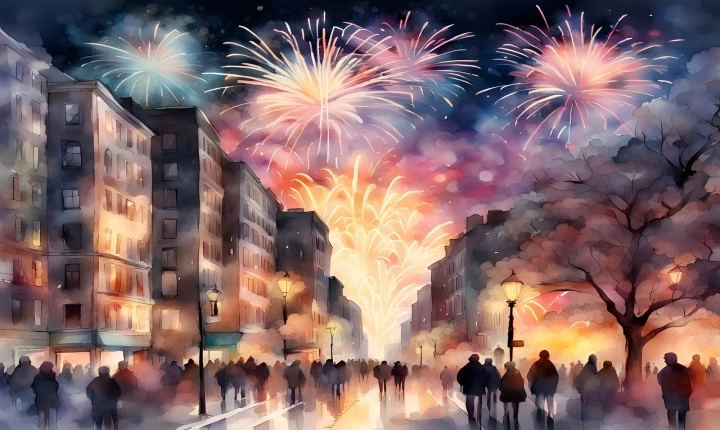Title: Should AI Art Be Copyrighted?
Artificial intelligence (AI) has made significant strides in the field of visual art creation, leading to a debate about the copyright protection of AI-generated artworks. As AI continues to evolve and produce increasingly sophisticated and high-quality art, questions about intellectual property rights and ownership arise. Should AI art be copyrighted like traditional human-created art? This dilemma poses a crucial challenge that intersects technology, creativity, and legal frameworks.
One argument in favor of copyright protection for AI art is based on the idea that AI-generated works are the result of creative processes, albeit those executed by algorithms and data-driven systems. Proponents of AI art copyright argue that the effort, resources, and skill invested in designing, training, and utilizing AI to create art merit the same intellectual property protections afforded to human artists. From this perspective, AI-generated artworks deserve recognition and safeguarding from unauthorized use or reproduction.
Furthermore, granting copyright status to AI art could incentivize further innovation and investment in AI technology for artistic purposes. Artists and tech developers may be more inclined to explore the potential of AI in the art world if they can secure legal protection for their creations. Copyright protection might be viewed as a necessary mechanism to encourage the growth and experimentation of AI-driven art, ultimately enriching the artistic landscape with novel and diverse creations.
On the other hand, opponents of copyright for AI art argue that the essence of copyright, which traditionally serves to protect an individual’s creative expression, does not directly apply to machine-generated works. Unlike human creators, AI lacks consciousness, emotions, and personal experiences that inform human creativity. This raises the question of whether AI can be considered a “creator” in the legal sense and thus eligible for copyright protection. Additionally, the collaborative nature of AI art production, with input from engineers, programmers, and algorithms, complicates the attribution of authorship and originality.
Moreover, some critics express concerns about the potential implications of granting copyright to AI-generated works on the public domain and the free flow of creative ideas. They argue that overly restrictive copyright protection for AI art might stifle artistic freedom, limit access to these new forms of expression, and hinder future creative endeavors that build upon or incorporate AI-generated content.
The intersection of AI and copyright law presents a complex and nuanced challenge, necessitating a careful evaluation of the principles and objectives of copyright protection and their applicability to AI art. As the debate continues, it becomes apparent that the current intellectual property framework may require adaptation to accommodate the arising complexities of AI-generated art. Striking a balance between incentivizing innovation and preserving artistic freedom will be crucial in guiding the development of copyright policies related to AI art.
In conclusion, the question of whether AI art should be copyrighted raises fundamental issues about the nature of creativity, authorship, and ownership in the digital age. While the discussion remains ongoing, it is essential to consider the broader societal implications and potential impact on the artistic community. As technology continues to redefine the boundaries of art and creation, finding a harmonious and effective approach to copyright for AI art will be integral in fostering a vibrant and inclusive artistic ecosystem.
